In this infographic, color coding is used to tie in the genetic make-up of 85 breeds of dog into 4 genetically distinct categories. So if you look at the first line, the Shiba Inu dog, most of its line is red. This means its predominantly wolf-like in its genetics, as red represents the wolf-like category. As you look at the rest of the graphic, you see red is present in all other dog breeds, but much less so. So, what can you infer about the Saluki or the Schipperke, in comparison with the Shiba Inu?
Infographics use imagery as the "bridge" between the data and the comprehension of it into one or more general themes. Imagery is furthermore more compelling, and provides clues as to what the image might mean. When you see the outlines of the dog, you probably guess that this image/article is about dogs. So, infographics not only deals with packaging up complex data, it serves to gain our interest to read on!

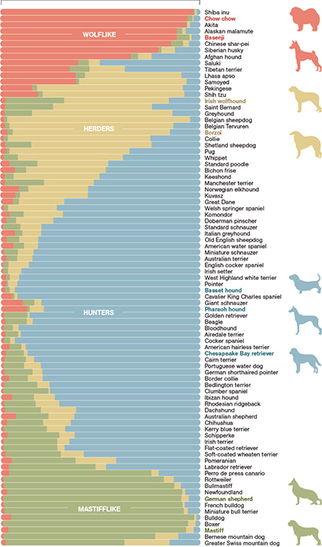
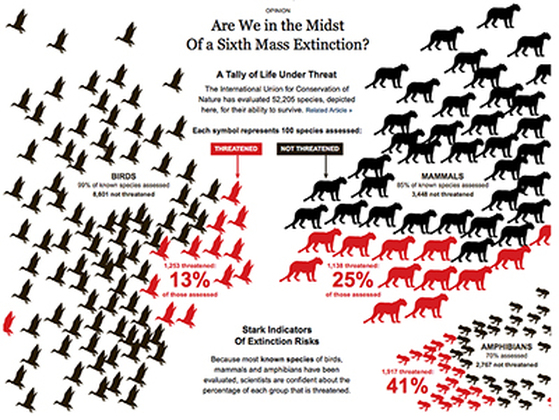
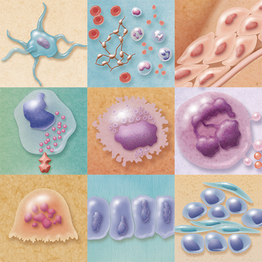
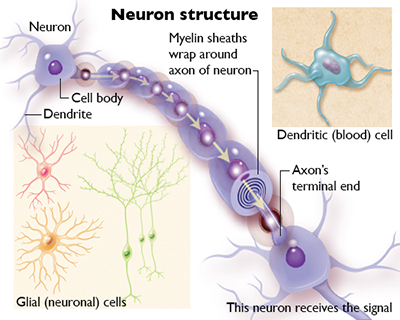
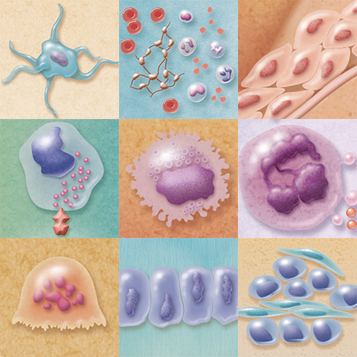
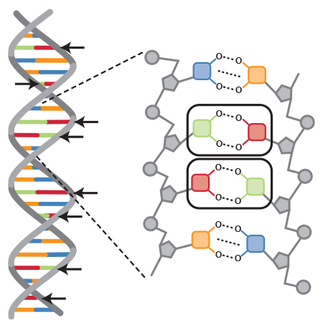
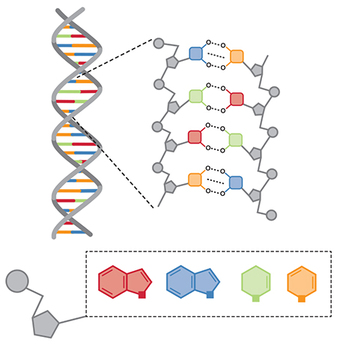
 RSS Feed
RSS Feed
